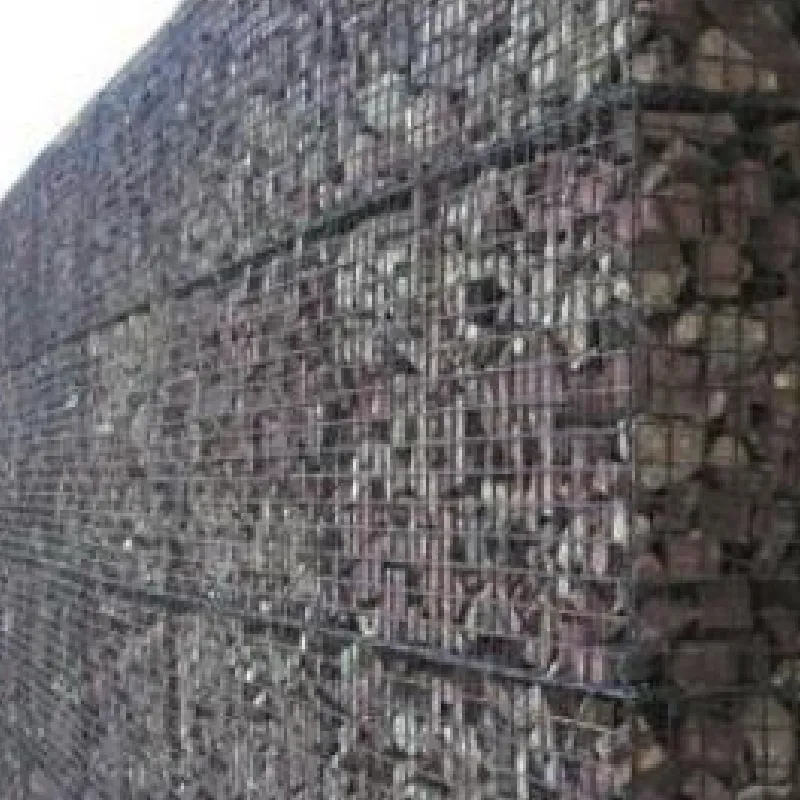Dec . 05, 2024 14:50 Back to list
gabion wall wire
The Benefits and Applications of Gabion Wall Wire Structures
In recent years, the use of gabion walls has gained significant popularity in the fields of civil engineering, landscaping, and environmental management. A gabion wall consists of wire mesh containers filled with rocks, concrete, or other materials, creating an eco-friendly and sturdy structure. The wire used for these walls is crucial to their durability and performance, making the subject of gabion wall wire particularly significant.
Understanding Gabion Walls
Gabion walls are often utilized for various applications, including erosion control, soil stabilization, and architectural features. The design of these walls allows them to adapt to natural terrain while providing structural integrity. This adaptability makes gabion walls an ideal choice for both urban and rural settings. They can be designed to blend with the natural environment, enhancing aesthetic appeal while serving a functional purpose.
The Role of Gabion Wall Wire
The wire mesh used in gabion walls is typically made from galvanized steel or stainless steel to ensure resistance to corrosion and environmental wear. The thickness and strength of the wire are paramount as they determine the load-bearing capacity and overall longevity of the gabion structure. The wire mesh is woven tightly, creating a robust container that can hold inert materials such as stones or recycled concrete.
One of the key advantages of using high-quality gabion wall wire is its resilience against harsh weather conditions and environmental stressors. The wire's ability to flex and deform without breaking reduces the risk of structural failure, particularly in areas prone to flooding or landslides. Additionally, the porous nature of gabion walls permits water drainage, mitigating hydrostatic pressure that can lead to damage in traditional solid walls.
Environmental Benefits
gabion wall wire

Gabion walls contribute positively to the environment. They are often constructed using locally sourced materials, minimizing transportation emissions and supporting local economies. Furthermore, these structures promote biodiversity by providing habitats for various species, including plants and small animals. The voids within the gabion walls can encourage the growth of vegetation, leading to a more natural integration with the environment.
Moreover, gabion walls can assist in managing stormwater runoff effectively. Their permeability allows water to percolate through the structure, reducing surface runoff and promoting groundwater recharge. This characteristic is especially beneficial in urban areas where impervious surfaces can lead to flooding and habitat disruption.
Applications of Gabion Wall Wire Structures
The versatility of gabion wall wire designs allows for a broad range of applications. In civil engineering, they are often employed as retaining walls to provide structural support in hilly or mountainous regions. The natural stone filling enhances stability while minimizing the visual impact on the landscape.
In landscaping, gabion walls serve as attractive garden features, seating areas, or decorative borders. Their aesthetic potential is celebrated in modern outdoor design, where they can be filled with colorful aggregates or natural stones that complement surrounding flora.
Environmental engineers also utilize gabion walls for riverbank protection and slope stabilization. By reducing soil erosion and maintaining the integrity of natural waterways, these structures play a crucial role in preserving ecological balance and preventing sedimentation in aquatic environments.
Conclusion
Gabion wall wire structures represent a unique intersection of functionality and environmental responsibility. With their numerous advantages, including durability, aesthetic appeal, and ecological benefits, they have emerged as a favorite solution for a multitude of engineering and landscaping challenges. As we continue to face environmental issues related to construction and land use, the humble gabion wall stands out as a practical, sustainable choice that can help shape a greener future. Whether used for practical applications or decorative purposes, gabion wall wire will remain a vital component in the design and construction of resilient structures.
-
Reinforcing Mesh: Core Material of the Construction Industry
NewsJul.07,2025
-
Welded Wire Fabric Reinvented for Modern Projects
NewsJul.04,2025
-
Superiority of Stainless Steel Woven Mesh
NewsJul.04,2025
-
Key Types of Razor Wire and Their Applications
NewsJul.04,2025
-
Durable Metal Fence Types for Security
NewsJul.04,2025
-
Best Materials for Livestock Fence
NewsJul.04,2025
products.







